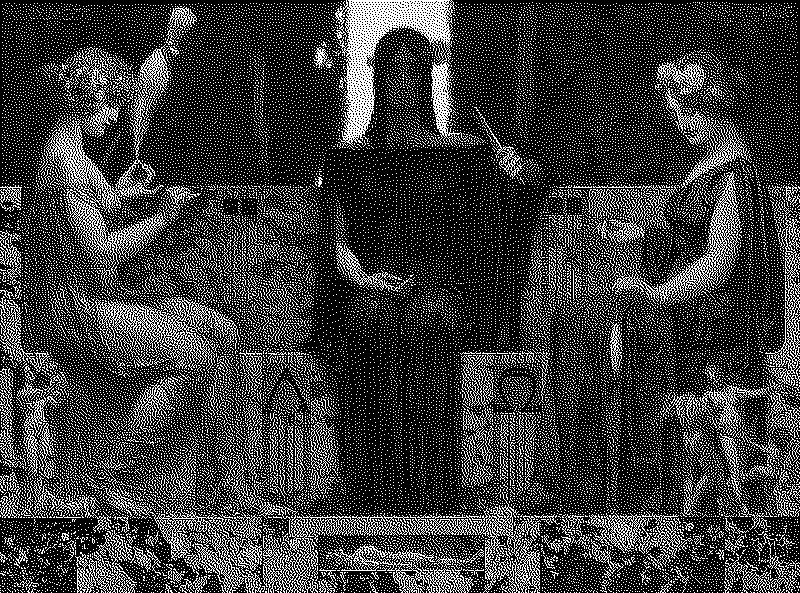
Table of contents
Overview and themes
Symbolism was a literary and visual art movement from the late 19th century of French, Russian and Belgian origins. Literature, myth religion and poetry are it’s main sources of inspiration material, with artists drawing from old mythology, medieval poetry and more modern pieces like Les Fleurs du Mal from Charles Baudelaire as inspiration for visual pieces. Starting in 1870, in a context of great scientific and industrial development in Europe, poets initially and then painters initiated this movement in reaction to the fading of spirituality in this new era of rationality and industry.
One key aspect of symbolic works of art is their detachment from direct representation of things that exist but instead try to convey emotions, dreams and ideas through the use of symbols and codified visual language. The symbols can be integrated in the artworks in different ways, either personified through characters or animals, sometimes carved or inscribed on the architecture present in the drawing or painting or drawn on top of the image, like an overlay of meaning.
In the Symbolist Manifesto, Jean Moreas presents it as such:
“Ainsi, dans cet art, les tableaux de la nature, les actions des humains, tous les phénomènes concrets ne sauraient se manifester eux-mêmes ; ce sont là des apparences sensibles destinées à représenter leurs affinités ésotériques avec des Idées primordiales.”
(Thus, in this art movement, representations of nature, human activities and all real life events don’t stand on their own; they are rather veiled reflections of the senses pointing to archetypal meanings through their esoteric connections.)
Most of the symbolist artworks and poetry were seen by very few people, mostly amongst small circles of symbolist artists or through some petites revues (small magazines) in France. Partly because of the hermetic and occult aspect of the works but also because of the desire of the artists to stay in the margins of the art world.
Contemporary artists working in this path
- Adam Robert Martin
- Adrian Baxter
- Benjamin A. Vierling
- Bethany White
- Christopher Ulrich
- Cristina Francov
- Daria Kropacheva
- David Chaim Smith
- Daniele Valeriani
- Denis Forkas Kostromitin
- Eliran Kantor
- Glyn Smyth
- HR Giger
- Jordi Diaz Alama
- Mahlon Blaine
- Orryelle Defenestrate-Bascule
- Peter Proksch
- Remedios Varo
- Rowan E. Cassidy
- Santiago Caruso
- Steven Zapata
- Sveta Dorosheva
- Vergvoktre
- Zania zouravliov
- Zdzisław Beksiński
Notable 19th century artists
- Agnes Slott-Moller
- Akseli Gallen-Kallela
- Austin Osman Spare
- Arnold Böcklin
- Alexander Rothaug
- Boleslas Biegas
- Carlos Schwabe
- Carlo Farneti
- Cayley Robinson
- Elihu Vedder
- Edvard Munch
- Lady Frieda Harris
- Félicien Rops
- Ferdynand Ruszczyc
- Fernand Khnopff
- Franz Von Stuck
- Gaston de Latenay
- George Frederick Watts
- Gustav Adolf Mossa
- Gustav Klimt
- Gustave Moreau
- Hans Thomas
- Jean Delville
- John Duncan
- Karl Wilhelm Diefenbach
- Maria Yakunchikova
- Maximilian Pirner
- Max Klinger
- Mstislav Dobuzhinsky
- Mikalojus Konstantinas Ciurlionis
- Mikhail Vrubel
- Odilon Redon
- R. H. Ives Gammell
- Sascha Schneider
- Victor hugo
- Viktor Vasnetsov
- Hans Thoma
Pre-19th century artists that would have been at home in the movement
- William Blake
- Salvator Rosa
- Gustave Doré
- Francisco Goya
- Caspar David Friedrich
- John Martin